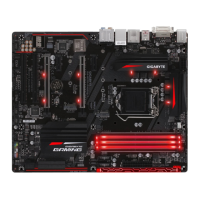
Do you have a question about the Gigabyte GA-H270-Gaming 3 and is the answer not in the manual?
| Non-ECC | Yes |
|---|---|
| Memory channels | Dual-channel |
| Memory slots type | DIMM |
| Number of memory slots | 4 |
| Supported memory types | DDR4-SDRAM |
| Maximum internal memory | 64 GB |
| Supported memory clock speeds | 2133, 2400 MHz |
| Supported memory module capacities | 4GB |
| Processor socket | LGA 1151 (Socket H4) |
| Processor manufacturer | Intel |
| Compatible processor series | Intel Celeron, Intel Pentium |
| USB 2.0 connectors | 2 |
| Serial port headers | 1 |
| Number of SATA III connectors | 6 |
| USB 3.2 Gen 2 (3.1 Gen 2) connectors | 0 |
| USB 2.0 ports quantity | USB 2.0 ports have a data transmission speed of 480 Mbps, and are backwards compatible with USB 1.1 ports. You can connect all kinds of peripheral devices to them. |
| Component for | PC |
| Motherboard chipset | Intel® H270 |
| Audio output channels | 7.1 channels |
| Motherboard form factor | ATX |
| Windows operating systems supported | Windows 10 Education, Windows 10 Education x64, Windows 10 Enterprise, Windows 10 Enterprise x64, Windows 10 Home, Windows 10 Home x64, Windows 10 Pro, Windows 10 Pro x64, Windows 7 Enterprise, Windows 7 Enterprise x64, Windows 7 Home Basic, Windows 7 Home Basic x64, Windows 7 Home Premium, Windows 7 Home Premium x64, Windows 7 Professional, Windows 7 Professional x64, Windows 7 Starter, Windows 7 Starter x64, Windows 7 Ultimate, Windows 7 Ultimate x64, Windows 8, Windows 8 Enterprise, Windows 8 Enterprise x64, Windows 8 Pro, Windows 8 Pro x64, Windows 8 x64 |
| BIOS type | UEFI AMI |
| ACPI version | 5.0 |
| BIOS memory size | 128 Mbit |
| Supported storage drive types | HDD & SSD |
| Depth | 305 mm |
|---|---|
| Width | 244 mm |
Visual representation of motherboard components and their locations.
List of items included with the motherboard package.
Safety and handling guidelines before installing components.
Technical details of the motherboard's features and capabilities.
Step-by-step instructions for CPU installation on the motherboard.
Step-by-step instructions for RAM installation.
Guide for adding PCIe expansion cards.
Description of external ports and their functions.
Description of internal headers and pin assignments.
Overview of the initial BIOS interface and navigation keys.
Advanced settings for CPU, memory, and voltage tuning.
Basic system information, date, time, and language configuration.
Configuration for boot order, security options, and system startup behavior.
Settings for onboard devices like LAN, audio, and USB controllers.
Configuration options for the motherboard's chipset features.
Settings for system power states, AC BACK, and wake-up events.
Options for saving changes, loading defaults, and exiting BIOS setup.
Guide for setting up hardware RAID arrays using onboard controllers.
Instructions for installing essential motherboard drivers.
Information on environmental compliance and safety standards.
Manufacturer contact details and support resources.
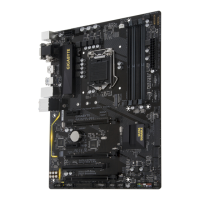
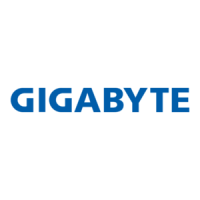

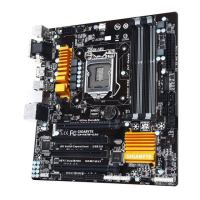

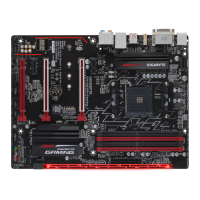
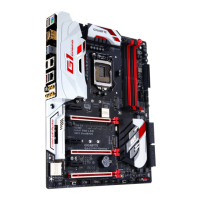
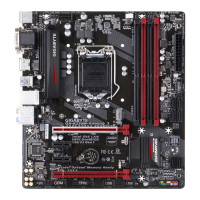
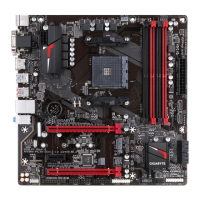

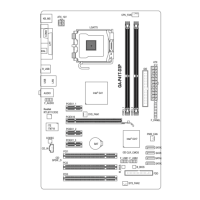
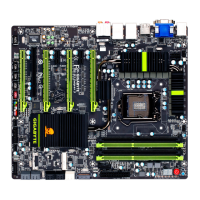
